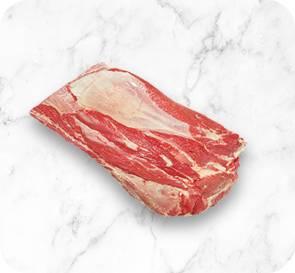
Blade
Blade steak is a versatile cut with a great flavour which can be cooked as is, cut into strips for stir-fries or diced for slow-cooking.
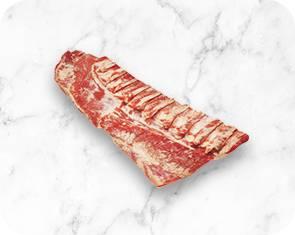
Brisket
Brisket is prepared from a 13 rib forequarter by a straight cut which commences at the junction of the 1st rib and 1st sternal segment to the reflection of the diaphragm at the 11th rib and continuing to the 13th rib.
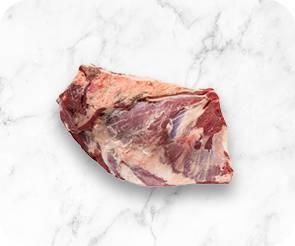
Chuck
Being one of the neck muscles used to support the head, chuck contains a great deal of connective tissue and therefore suits moist slow-cooking techniques that break down the connective tissue. Perfect for curries and stews with great flavour and a fantastic gelatinous texture.
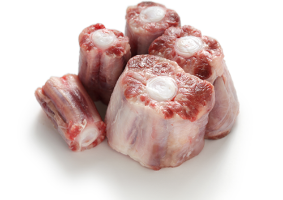
Oxtail
The tail is removed from the carcase at the base of the spine. The fat is trimmed to 6mm and the last two to three tail bones are removed. The tail is usually sold jointed by cutting between the articulated tail bones (vertebrae). This cut is robust in flavour and texture with a slow cook resulting in rich, gelatinous sauces and meltingly tender meat.
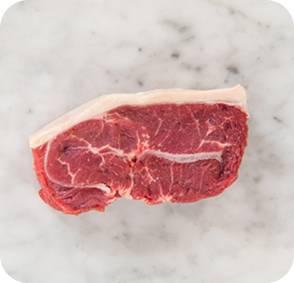
Oyster Blade
The oyster blade is the muscle that sits below the shoulder blade, bisected by a long line of thin connective tissue. When separated from the shoulder, it's cut into steaks. When cooking oyster blade steak it is important to score or remove the centre gristle to prevent curling when cooking. Cut into thin strips, oyster blade
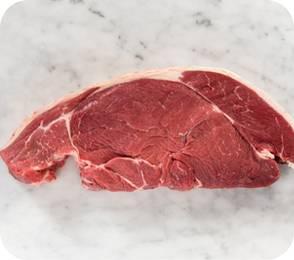
Rump
The rump is a boneless five-muscled primal that sits between the sirloin and topside. Rump steak is made up of four of these muscles with differing tenderness. A great all-rounder steak, rump is a little firmer in texture and is perfect for a variety
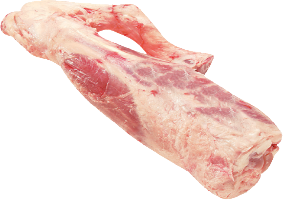
Shin
Shin-Shank is prepared from either forequarter/hindquarter legs (extensor/ flexor group of muscles). The fore leg is removed by a cut following the brisket removal line from the forequarter through the M. triceps and M. biceps brachii and distal end to the humerus to include the radius/ulna and associated muscles.
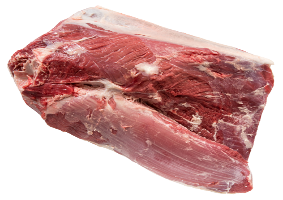
Silverside
Silverside is situated lateral/caudal to the femur bone and attached to the os coxae (aitchbone) and is removed by following the natural seam between the thick flank and topside. The leg end of the primal is cut straight at the junction of the archilles tendon and heel muscle (M. gastrocnemius).
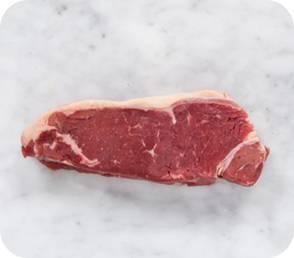
Striploin
Coming from muscles that do less work, sirloin steaks have less fat and connective tissue making them lean, notably tender and juicy. This popular cut is best cooked using high temperature methods. Sirloin steaks can also be thinly sliced for use in stir-fries.

